
Vauxhall Astra Sports Tourer (2016-2021) interior, tech and comfort
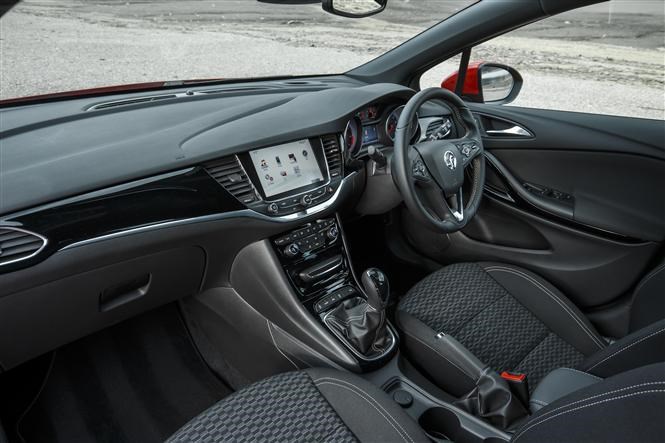
- Higher quality cabin ambience than before
- Zoned controls are easy to use
- Responsive touchscreen has clear graphics
No surprise that the Vauxhall Astra Sports Tourer’s good quality dashboard and interior fittings are shared with its hatchback counterpart.
The upper plane is fabricated from soft-touch, squidgy plastics – a method car manufacturers employ because the tactility makes the car feel more upmarket – while lower aspects are of a harder type, although they are well assembled.
Controls are zoned according to their functions making it easier for drivers to direct their hands to the required areas.
Infotainment sits at the top, accessed via a 7.0- or 8.0-inch touchscreen with associated buttons and knobs immediately underneath. Below that are the air-con controls and at the bottom are those linked to driving, such as the SRi’s Sport button.
Evidently there’s been a lot of effort to make the touchscreen easy to use – it’s far more responsive than the system found in Peugeots and Citroens, while the graphics look contemporary, too.
The steering wheel’s festooned with buttons and rocker switches for audio functions and cruise control and while their placement’s logical enough, some feel a bit of a stretch to operate with a dextrous thumb.
Pleasingly, the indicator and wiper stalks are of a new, more elegant design and feel nicer to use, although we’d prefer the main pair of instruments to be larger – they’re admittedly clear, they just seem unnecessarily small.
No surprise that the Vauxhall Astra Sports Tourers’ good quality dashboard and interior fittings are shared with its hatchback counterpart on sale from autumn 2015.
The upper plane is fabricated from soft-touch, squidgy plastics – a method car manufacturers employ because the tactility makes the car feel more upmarket – while lower aspects are of a harder type, although they are well-assembled.
Controls are zoned according to their functions making it easier for drivers to direct their hands to the required areas.
Infotainment sits at the top, accessed via a seven- or eight-inch touchscreen with associated buttons and knobs immediately underneath. Below that are the air-con controls and at the bottom are those linked to driving, such as the SRi’s Sport button.
Evidently there’s been a lot of effort to make the touchscreen easy to use – it’s far more responsive than the system found in Peugeots and Citroens, while the graphics look contemporary, too.
The steering wheel’s festooned with buttons and rocker switches for audio functions and cruise control and while their placement’s logical enough, some feel a bit of a stretch to operate with a dextrous thumb.
Pleasingly, the indicator and wiper stalks are of a new, more elegant design and feel nicer to use, although we’d prefer the main pair of instruments to be larger – they’re admittedly clear, they just seem unnecessarily small.
- Improved cabin space with ample room for adults
- Rear seat can accommodate three child seats
- Quiet cabin; larger windows improve airy feel
Despite the broadly similar exterior dimensions, the Vauxhall Astra Sports Tourer’s underpinnings allow it to liberate more interior space, which is great for overall comfort levels.
Four six-foot tall adults can easily fit in the car and usefully the rear bench seat is designed to take three child seats, a novel feat outside the MPV genre.
Equally positive, passengers in the rear will find the Sports Tourer much airier than the back of the Astra Hatchback’s cabin – the window line is more conventional, plus there’s a large third side window to let more light into the car.
Drivers of a variety of shapes and sizes will appreciate the degree of adjustability of the seat, especially on Elite versions with 18 planes of alteration. Both front seats, the outer rears and the steering wheel are also heated on this grade – the features are extra-cost options elsewhere in the range.
Passengers are able to experience a quiet interior thanks to the development engineers’ efforts to reduce wind noise, particularly around the windscreen pillars and door mirrors. Even the engines themselves are more hushed than many rivals’ offerings, including the three-cylinder petrol and 1.6-litre diesel choices.


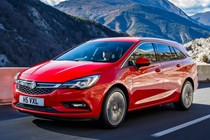
.jpg)
.jpg)
.jpg)
.jpg)
.jpg)
.jpg)
.jpg)
.jpg)
.jpg)
.jpg)
.jpg)
.jpg)
.jpg)
.jpg)
.jpg)


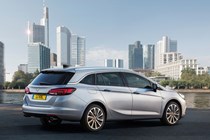
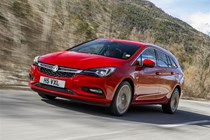
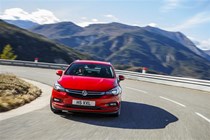
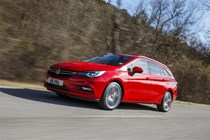
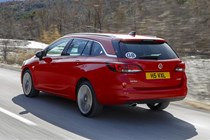
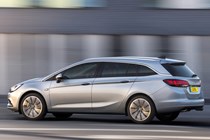
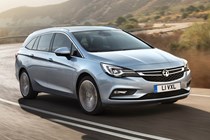
.jpg)
.jpg)
.jpg)
.jpg)
.jpg)
.jpg)
.jpg)
.jpg)
.jpg)
.jpg)
.jpg)
.jpg)
.jpg)
.jpg)
.jpg)
.jpg)
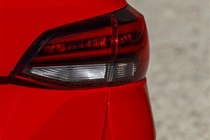

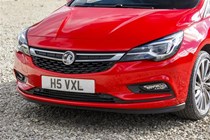
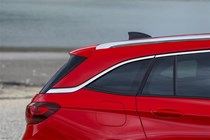
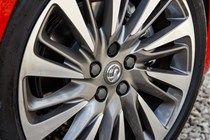

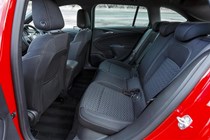
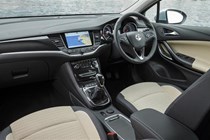
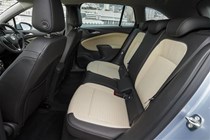
.jpg)
.jpg)
.jpg)
.jpg)
.jpg)
.jpg)
.jpg)
.jpg)
.jpg)
.jpg)
.jpg)
.jpg)
.jpg)
.jpg)
.jpg)
.jpg)
.jpg)
.jpg)
.jpg)
.jpg)
.jpg)
.jpg)
.jpg)
.jpg)
.jpg)
.jpg)
.jpg)
.jpg)
.jpg)
.jpg)
.jpg)
.jpg)
.jpg)
.jpg)
.jpg)
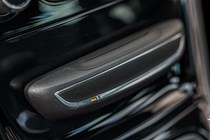

.jpg)
.jpg)
.jpg)
.jpg)
.jpg)
.jpg)
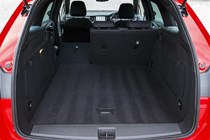
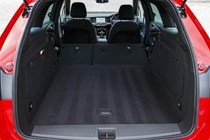
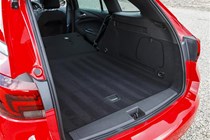
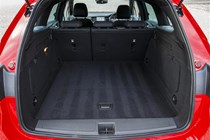
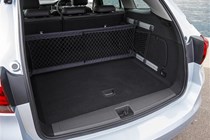
.jpg)
.jpg)
.jpg)
.jpg)
.jpg)


.jpg?quality=50)
.jpg?quality=50)
.jpg?quality=50)
.jpg?quality=50)
.jpg?quality=50)
.jpg?quality=50)
.jpg?quality=50)
.jpg?quality=50)
.jpg?quality=50)
.jpg?quality=50)
.jpg?quality=50)
.jpg?quality=50)
.jpg?quality=50)
.jpg?quality=50)
.jpg?quality=50)









.jpg?quality=50)
.jpg?quality=50)
.jpg?quality=50)
.jpg?quality=50)
.jpg?quality=50)
.jpg?quality=50)
.jpg?quality=50)
.jpg?quality=50)
.jpg?quality=50)
.jpg?quality=50)
.jpg?quality=50)
.jpg?quality=50)
.jpg?quality=50)
.jpg?quality=50)
.jpg?quality=50)
.jpg?quality=50)









.jpg?quality=50)
.jpg?quality=50)
.jpg?quality=50)
.jpg?quality=50)
.jpg?quality=50)
.jpg?quality=50)
.jpg?quality=50)
.jpg?quality=50)
.jpg?quality=50)
.jpg?quality=50)
.jpg?quality=50)
.jpg?quality=50)
.jpg?quality=50)
.jpg?quality=50)
.jpg?quality=50)
.jpg?quality=50)
.jpg?quality=50)
.jpg?quality=50)
.jpg?quality=50)
.jpg?quality=50)
.jpg?quality=50)
.jpg?quality=50)
.jpg?quality=50)
.jpg?quality=50)
.jpg?quality=50)
.jpg?quality=50)
.jpg?quality=50)
.jpg?quality=50)
.jpg?quality=50)
.jpg?quality=50)
.jpg?quality=50)
.jpg?quality=50)
.jpg?quality=50)
.jpg?quality=50)
.jpg?quality=50)


.jpg?quality=50)
.jpg?quality=50)
.jpg?quality=50)
.jpg?quality=50)
.jpg?quality=50)
.jpg?quality=50)





.jpg?quality=50)
.jpg?quality=50)
.jpg?quality=50)
.jpg?quality=50)
.jpg?quality=50)
